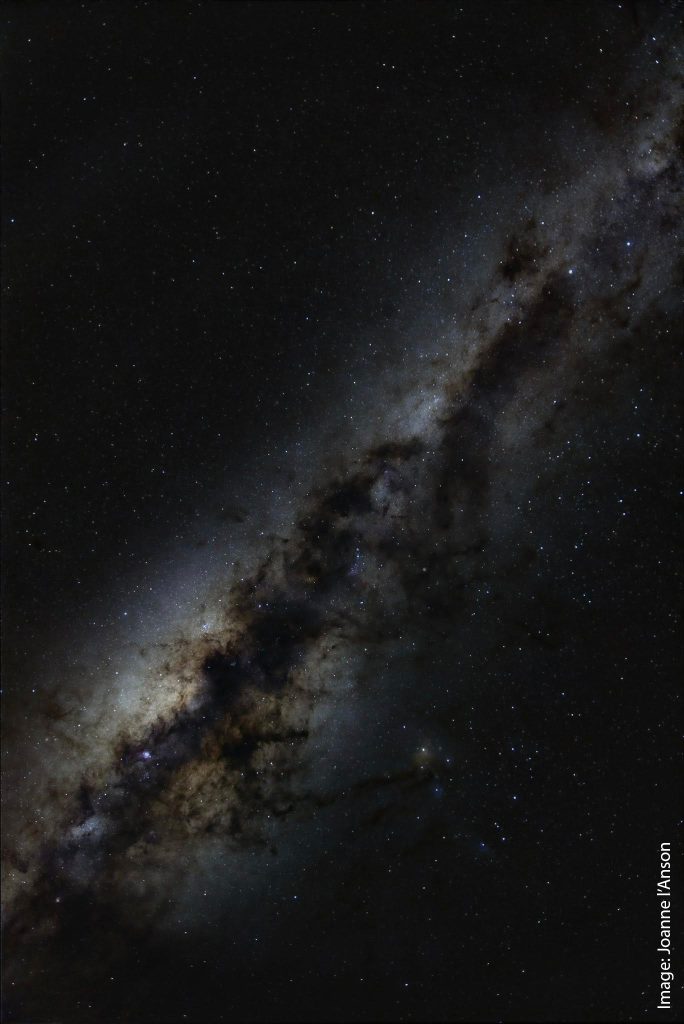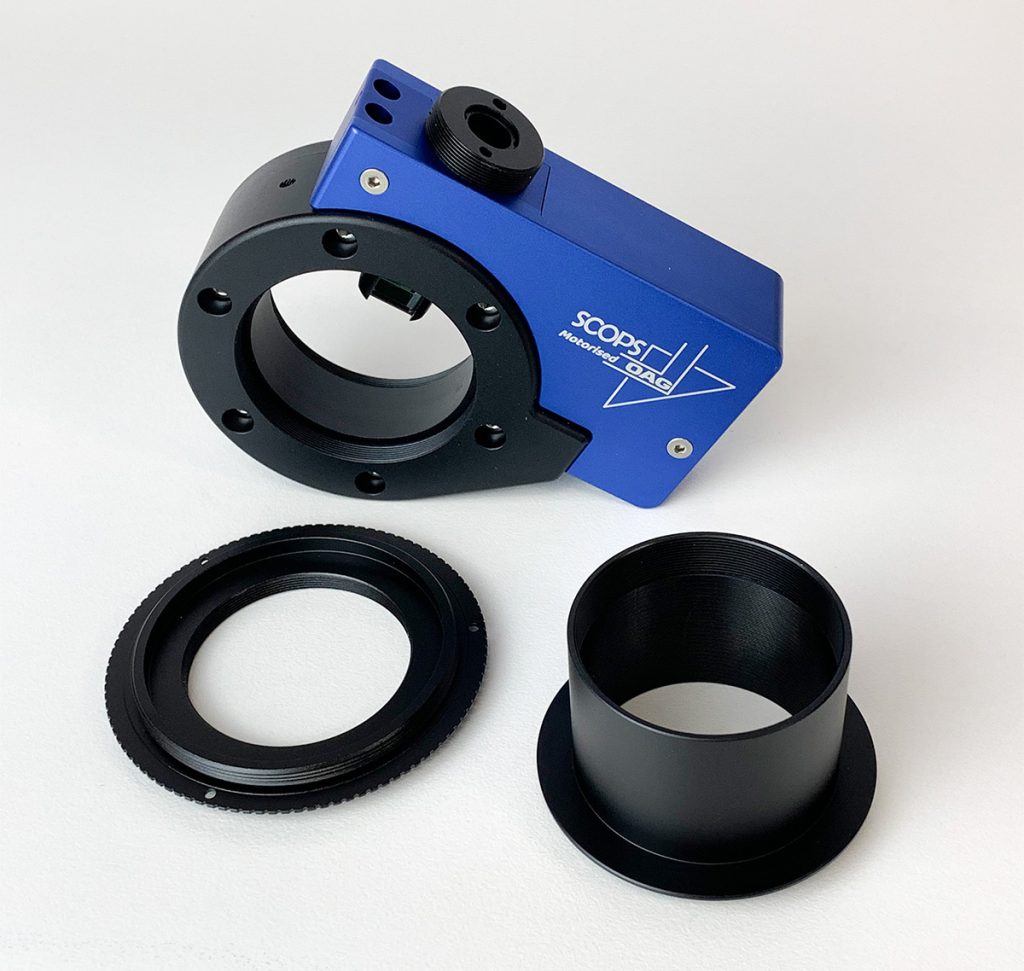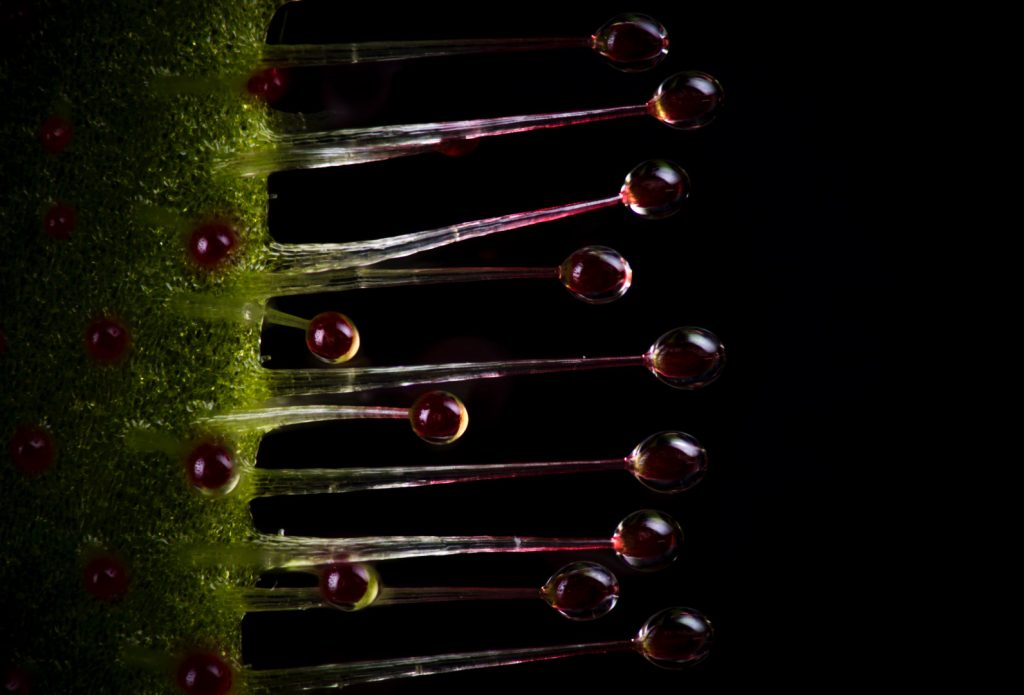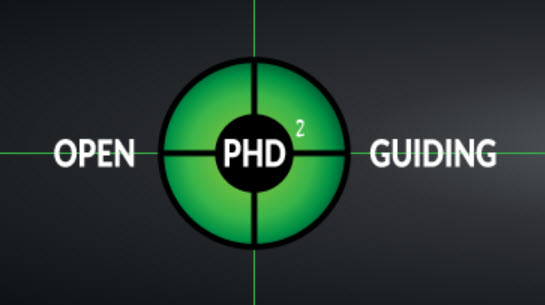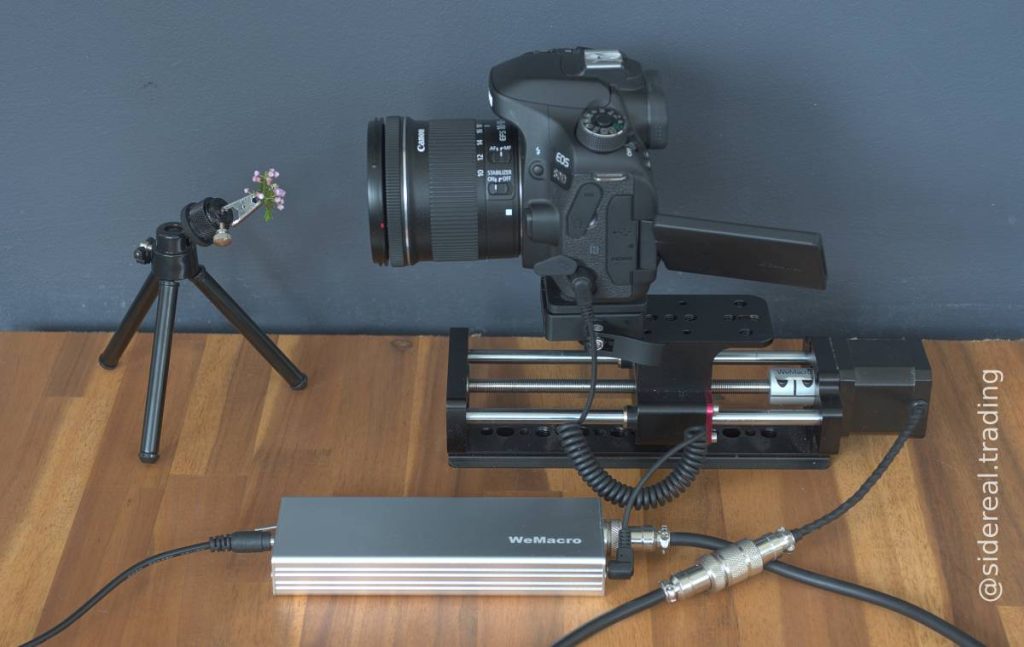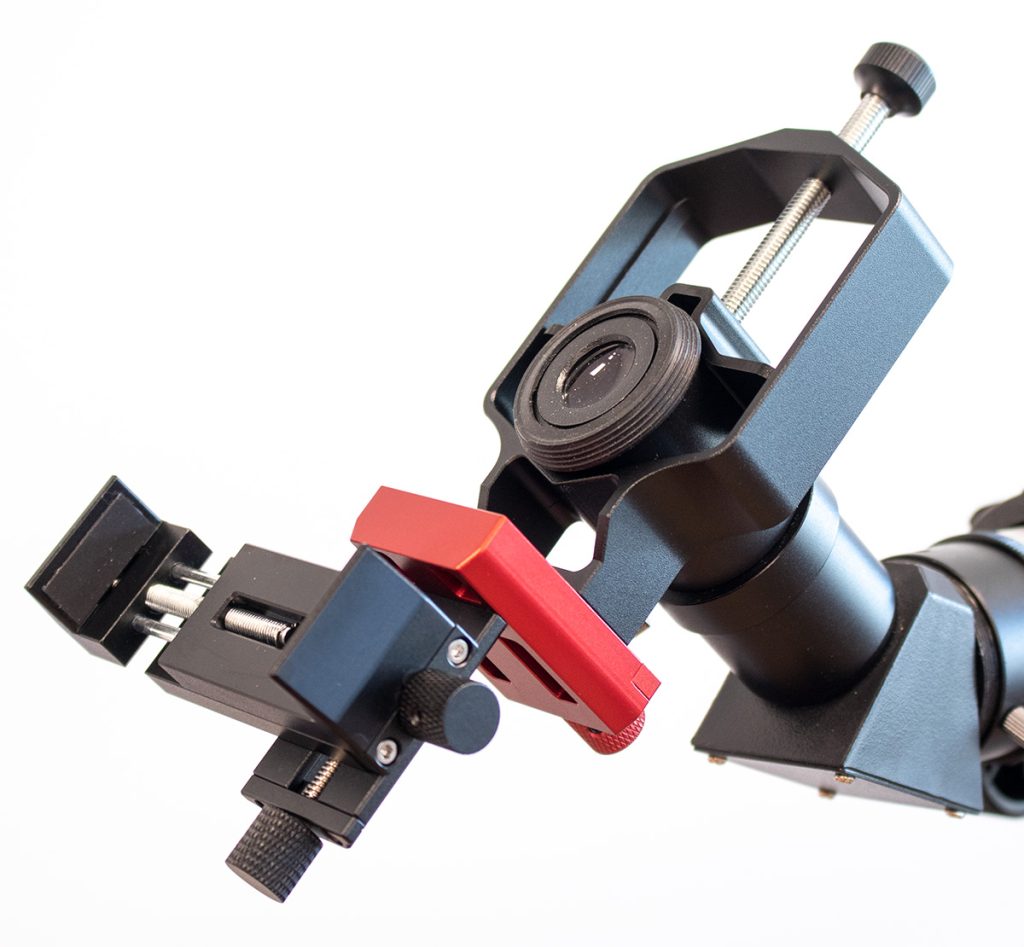Getting deep images of the Milky Way can take a lot of power from your DSLR’s battery. Using a dummy battery to power your camera means you can leave it running all night and you won’t have to change batteries. You power the dummy battery with a PegasusAstro DSLR Buddy, and that means you can also run a dew heater strap from the mains, or a big battery.
Tutorials
What’s an infinity corrected objective, and why use it in macrophotography?
An infinity corrected objective is a lens used for macrophotography. It looks very much like a microscope lens, and when you pair it with a tube lens it has quite a few advantages over more traditional macro lenses.
How to attach your phone to a telescope using a saxon ScopePix
Using Lunt Telescopes to look at the Sun
With the Australian Solar eclipse coming in 2028, it’s time to get familiar with solar telescopes. With Lunt telescopes you can see the surface of the Sun using white light, or Hydrogen alpha and Calcium-K filters. These all show different aspects of what’s happening there. If you want to photograph it as well, there are cameras for that too.
Getting an image of a comet using the Benro Polaris
Bill used the Benro Polaris tracking mount to get images of comet Tsuchinshan-ATLAS. This post tells the story of the expedition. He also reviews the Polaris.
What on earth do the numbers on the Pegasus adapters mean?
There are lots of different adapters available for all sorts of different jobs. PegasusAstro adapters have a consistent way of defining what’s on either ends, so you don’t end up scratching your head.
Building a truss telescope using truss blocks
Getting a good truss system together is hard. The carbon fibre rods have to be held rigidly, but they also have to be able to change the angle they’re sitting at. These truss blocks and ball joints do all that.
Using the WeMacro Rail to photograph the Sundew, an insectivorous plant
Autoguiding: how much is good enough?
Your first image with the WeMacro Rail
Macrophotography is the art of getting images of tiny subjects onto a camera sensor. I’ve been asked about getting started in macrophotography, and specifically the least expensive way of getting your first image with the WeMacro Rail. This blog shows you how to go out and get your first image, so I’m going to get down to basics.
Protect your observatory! Setting up safety equipment
With a dome, you can simply open it up and begin imaging. But if you want to sleep as well, you need something keeping an eye on the weather so the dome will close if it’s about to rain. In this blog I’ve described a couple of gadgets that can do all that for you. I also talk about a couple of options to put the system together.
Diffraction spikes – what they are and how to get them right
Have you noticed that some astrophotographs have diffraction spikes coming from bright stars? They’re caused by the secondary mirror holder in reflector telescopes. Spiders, as they’re known, can give you nice spikes, but if they’re crooked or uneven, the spikes can look horrible. Here, I’ll show you how to get perfect spikes.
